I have an application which requires sending PAL video signal & UART infomation over a 50R coaxial cable without disrupting the PAL protocol while doing it, the total length of the cable is around 200 meters or 656 ft.
I have already decided how to multiplex this signal over the PAL, my issue is that I will need to send signal from both ends of the cable without dirupting the controlled impendance and typical methods for cable termination are not suitable for me.
What I come around, is a design involving drivers with a shutdown pin to let me "disable" the 50R. Since the receivers have "always-on" termination I wanted to control them too so I added some BJTs (still don't know if it's a good design or MOS needed) controlled by some GPIO from a microprocessor which can "translate" the line number, if it's HSYNC or VSYNC and so on.
In case somebody wants to take a deeper look:
- Driver -> LMH6722(w/SH) - Datasheet
- Receiver -> same just configured as a Schmitt Trigger for level translation
Can somebody recommend me a better termination technique which I could use ? Also I cannot use two coaxial cables for each line, only half-duplex.
This is just a design, not tested yet, waiting for a second opinion. :)

